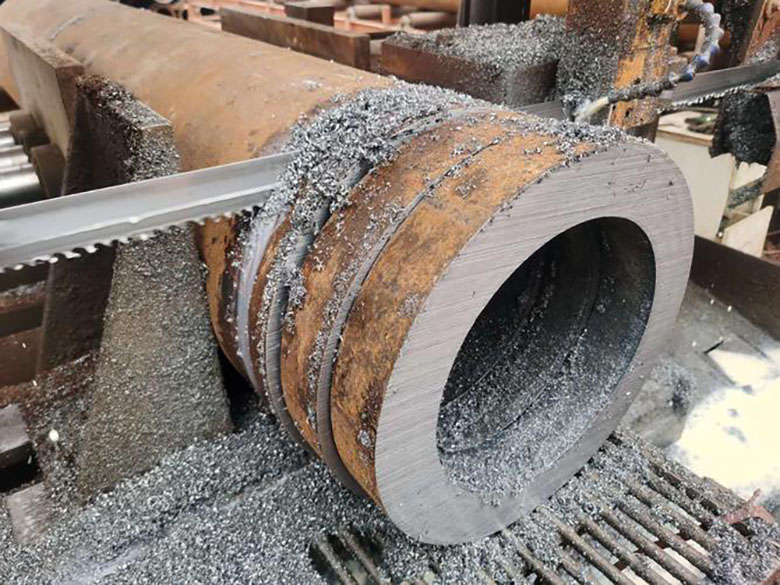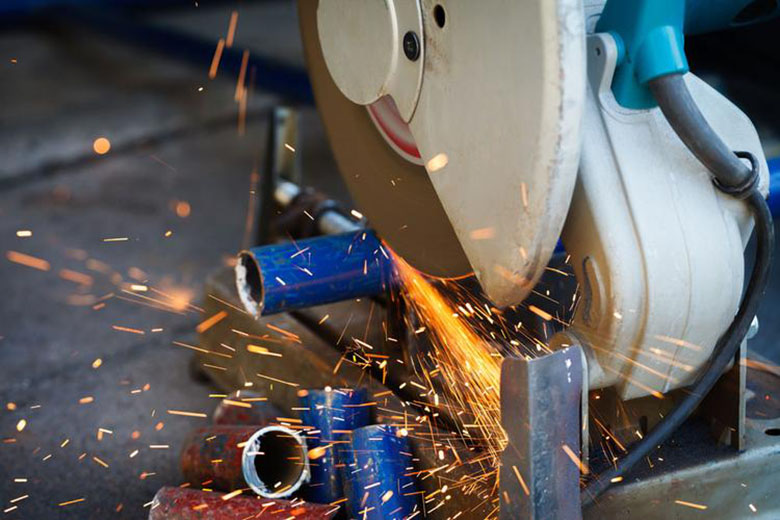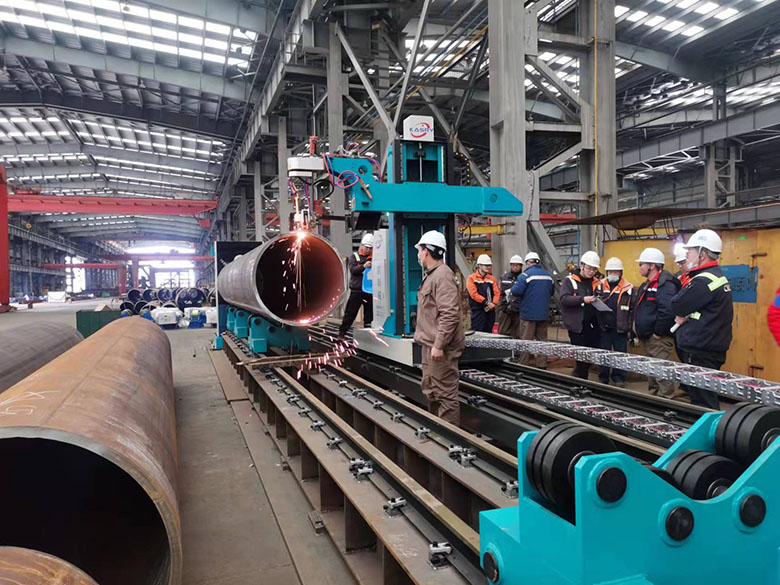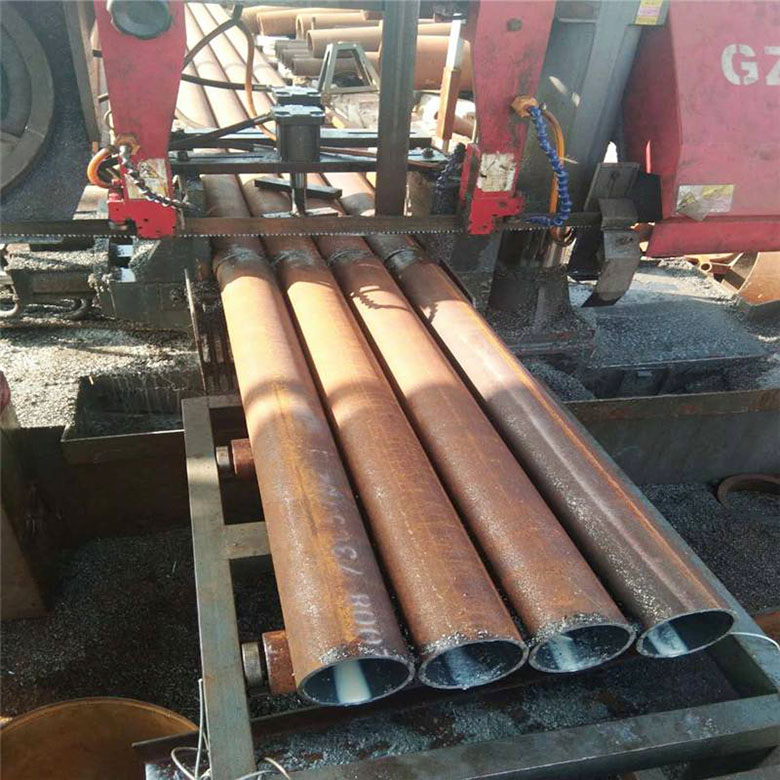Steel pipe cutting
Steel pipe cutting is an important process that is widely used in petroleum, chemical, electric power, natural gas, metallurgy, shipbuilding, boilers, pharmaceuticals, water treatment and other industries. The following are several common methods and precautions for cutting steel pipes:

Cutting method
1. Manual cutting: Use hand tools such as saws or pliers for simple cutting operations.
2. Cold cutting: a mechanized cutting method, common ones include cold saws, band saws, etc.
3. Flame cutting: Using oxygen and gas to generate high-temperature flame for cutting, the cutting speed is fast and the cost is relatively low.

4. Laser cutting: Using laser beam for cutting, the cutting accuracy is high and the quality of the finished product is good.
Cutting precautions
1. Safety first: During the cutting process, be sure to ensure safe operation to avoid injuries. Use clamps or other stable means to hold the workpiece and avoid holding the workpiece with your hands or body.
2. Choose the right power tools: Don't overuse power tools, and choose the right power tools according to different occasions.

3. Power supply safety: The power supply must be disconnected before making adjustments to the tool, replacing accessories, or storing it.
4. Tool maintenance: Keep cutting tools sharp and clean, and regularly check the moving parts and parts of the tools for damage or incorrect positioning.
5. Power cord and operating handle: Check the tools and power cord regularly, replace them immediately if damaged, and keep the operating handle dry and clean.

In short, steel pipe cutting is a process that requires professional knowledge and skills. To ensure cutting quality and operational safety, it is recommended that experienced workers operate and follow relevant safety operating procedures.









